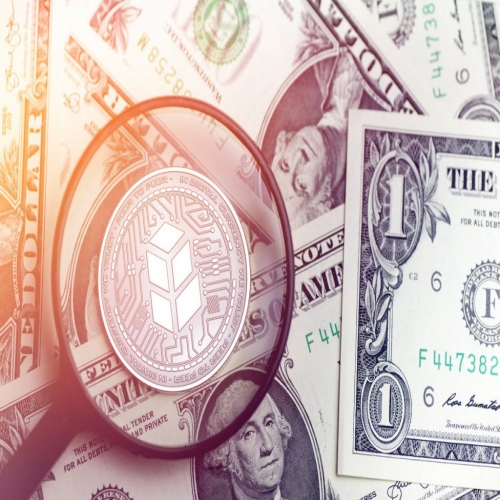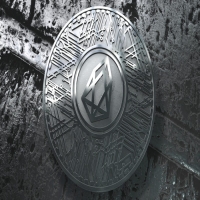Key Features
- DPoS consensus mechanism: See above section.
- Parallel processing: The ability to do things in parallel on the EOS network allows for faster transaction speeds and more scalability. This is planned for implementation in future versions of EOS.
- Network flexibility: If a DApp is faulty and contains a critical bug, the elected block producers can freeze it until the issue is resolved.
- High transaction throughput: EOS can theoretically support over 1,000 transactions per second with hopes that the platform can scale even higher.
- Ownership model: Owning EOS tokens represents a proportional share of the network resources like bandwidth, storage, and processing power. Developers must prove they hold a sufficient number of tokens to create DApps on the EOS blockchain.
- No transaction fees: Sending EOS tokens to another user or using them for a DApp requires no fee.
- EOS Constitution: The Constitution is a multi-party contract entered into by members of the EOS ecosystem by virtue of their use of the platform. The Constitution has 18 articles that outline the rules and user rights governing the EOS blockchain.
Key Milestones
EOS is an open source project and its source code can be viewed here: https://github.com/EOSIO
- June 5, 2017: EOS Technical White Paper released.
- June 9, 2017: Draft of the EOS token sale smart contact released.
- September 14, 2017: EOS.IO Dawn 1.0 released – the first release of the EOS.IO software development kit (SDK).
- December 5, 2017: Dawn 2.0 released.
- January 13, 2018: Former Bithumb CEO Richard Jung joined Block.one as Head of Korea.
- January 16, 2018: EOS.IO Blockchain Focused Fund formed.
- January 23, 2018: Block.one and Galaxy Digital announced joint venture for $325 million EOS.IO fund.
- April 5, 2018: Dawn 3.0 released.
- April 6, 2018: Block.one signed a $200 million joint venture partnership to accelerate Asia-focused EOS ecosystem development.
- May 11, 2018: Dawn 4.0 released.
- May 31, 2018: EOS Bug Bounty Program went live.
- June 1, 2018: Version 1.0 of open source EOS blockchain software released and EOS Developer Portal went live.
- June 9, 2018: EOS main-net launched.
- July 19, 2018: EOS Version 1.1.0 released.
- August 14, 2018: EOS Version 1.2.0 released.
- September 18, 2018: EOS Version 1.3.0 released.
- October 17, 2018: EOS Version 1.4.0 released.


